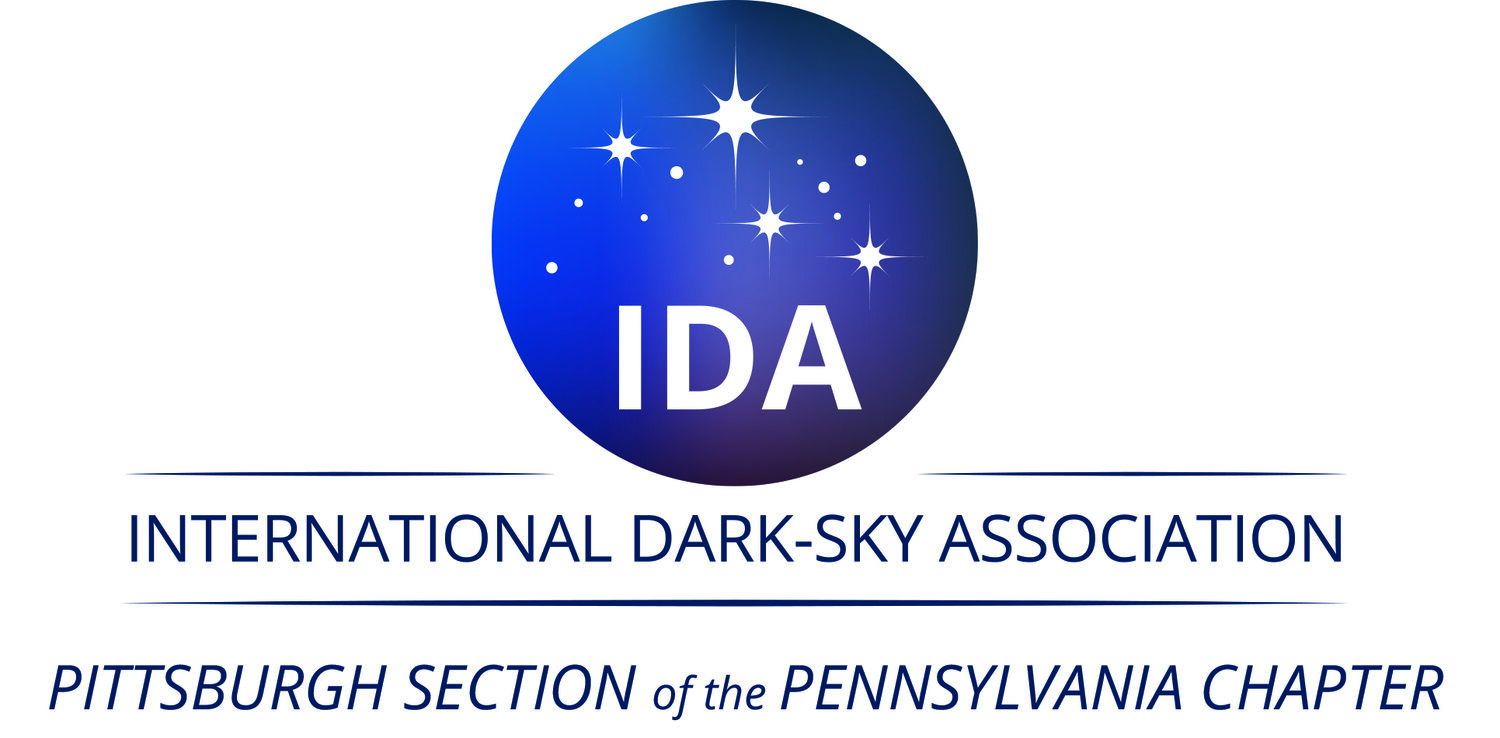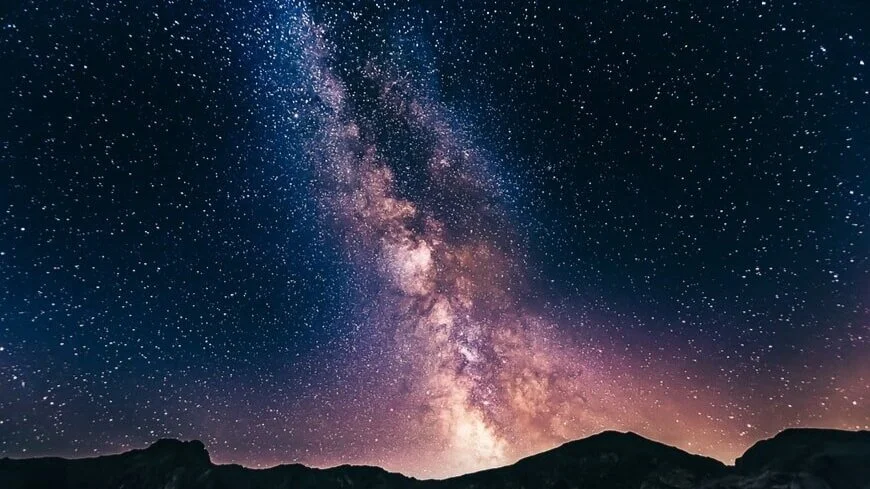Jessica Heim Interview: Creating Dark Skies Cities. A Conversation About Light Pollution
“It’s not a one size fits all approach. You need to look at the needs of every community.”
— Jessica Haim
By Daniela Castleberg
Jessica Heim is a cultural astronomer. A Minnesota native, Heim recently spoke at SATCON2, an online conference with the goal of reducing light pollution from satellites.
Jessica Heim, a cultural astronomer from Minnesota, met with me on Zoom to talk about her research on light pollution and her experiences with the dark sky. When Heim was growing up, she loved being able to see the Milky Way near where she lived, describing it as “a band of light across the sky” as she stretched her hands across the screen to emphasize the breadth of the Milky Way. Being able to see the night sky was a stress reliever for her: “Everything just melts away… you’re able to see the universe directly, it's not just a picture in a book.”
However, she, like many others, started seeing the effects of light pollution in her own community when she noticed that fewer and fewer stars were visible. This realization that her view of the starry sky was disappearing prompted her to become more of an advocate for light pollution reform. In fact, she recently completed a master’s degree in cultural astronomy where she did an in-depth case study on the town of Stanley, Idaho and how they were able to adapt to dark-sky-friendly lighting (lighting that minimizes light pollution).
A man stands alone in a field, facing a vast sky of stars. On the horizon, the clouds glow faintly gold. (Khamkeo Vilaysing (@khamkeo) via Unsplash)
In this specific case, there was an established understanding in the community of Stanley about the benefits of using dark-sky-friendly street lighting. In addition, the town had already been through a few iterations of changes, each time learning something new about how to improve light pollution conditions. For example, when they first began changing the streetlights from high pressure sodium to LEDs, the only availability was blue light, which scatters in the atmosphere more easily than warmer colors and has negative effects on light pollution. Since then, advances in LED technology have allowed for better lighting design to more effectively minimize the amount of light that scatters.
While it may have been fairly easy to enact change in Stanley, that is not always the case elsewhere. In a town nearby, the city leadership tried to implement the same changes to street lighting that had been made in Stanley, but without input from the community. When this happened, the citizens, unprepared, were taken by surprise, prompting the city to reverse the changes they had made. Given the stark contrast in these two experiences, I asked Heim about the best ways to facilitate change in a constructive way. “It’s not a one size fits all approach. You need to look at the needs of every community,” she said, especially emphasizing the topic when comparing a large city to a small town.
A winding road lit by orange-tinted streetlights; there seems to be a car coming, its headlights bright white. The sky is dark but blank. (Sergey Zolkin (@szolkin) via Unsplash)
There needs to be some kind of education provided to the community about dark-sky-friendly lighting, otherwise people will support the idea that “if it’s totally dark at night I won’t see anything. If I have some light, I’ll see better. If I put even more light, I’ll see even better,” but this logic isn’t necessarily true. Having too bright of light at night is harmful to humans because our eyes will adjust to the light and pose dangers when driving in darker areas. The solution that many cities have turned to is to use light at a certain brightness and color range that will not strain people’s eyes in the dark and will not scatter in the atmosphere, creating a safer environment for drivers and pedestrians as well as a darker sky.
In addition to her work as a cultural astronomer, Heim recently presented findings at SATCON2, an online conference aimed at reducing the light pollution from satellites.



